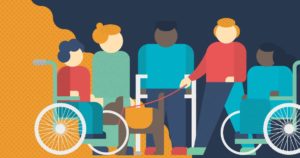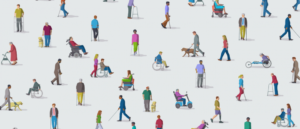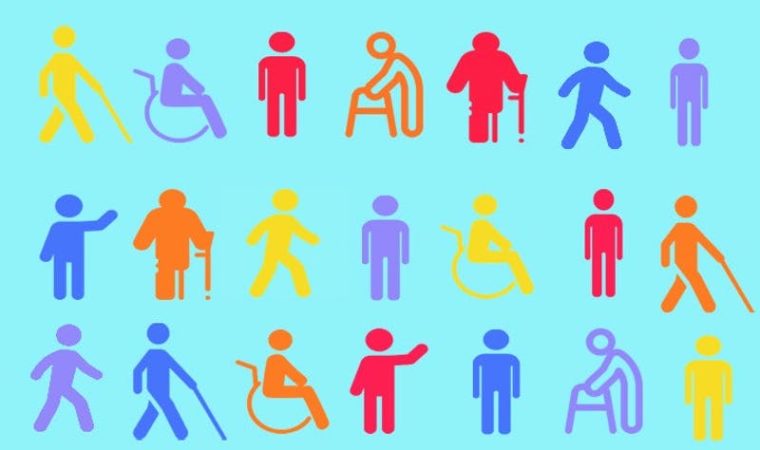Written by Mackenzie Saunders:
In disability studies—the field of academia focused on disability and social justice—there are three well-known models of disability: the medical model, the social model, and the cultural model. These three models are the main frameworks in which people view and understand disability. However, the medical model, which is the most common framework in the United States, can dehumanize and denormalize people with disabilities. As a country, we need to move away from the medical model of disability in order to create an equitable space for disabled folks in this nation.
The Medical Model, the Social Model, and the Cultural Model

First, let’s analyze the three models of disability. Under the medical model, disability is framed as a medical abnormality that must be fixed through medical intervention. Disability is always seen as something that is negative and in need of fixing. Under the social model, disability is viewed as a social difference that we need to accommodate. Advocates for the social model argue that disability does not need to be fixed, but disability does need to be accommodated in order to ensure success for people with disabilities. Under the cultural model, disability is understood as a valuable form of human diversity that we must integrate into society. Supporters of the cultural model say that society as a whole must be restructured into a universally accessible space, because disability is not the problem: our inaccessible society is. As we can see, these three models differ greatly in their views towards disability, along with their solutions towards issues like inaccessibility and discrimination.
Why is the Medical Model Harmful?
The medical model is harmful because this model can encourage society to view people with disabilities as abnormal and even lazy when their disability cannot be “cured”. The medical model frames disability in a negative light, emphasizing that people with disabilities must “overcome” their disabilities and be “fixed” because they are abnormal. This is an extremely harmful view of disability, given that a majority of disabilities cannot be cured by medical intervention. For example, a paraplegic who sustained a T-10 complete spinal cord injury cannot be cured through any form of surgery, rehabilitation, or other treatments because there is not yet a cure for complete paralysis. The medical model completely disregards people who cannot be “cured” by medical intervention, which then leads to the view of people with disabilities as lazy for not “overcoming” their disability. The reality is that many disabilities cannot be cured, and if we view disability as something that must be cured, we exclude people with permanent disabilities from being viewed as productive and active members of society.
Shifting Our Frameworks

The widespread use of the medical model of disability hurts people with disabilities across the nation. To ensure that people with disabilities are valued, respected, and heard in society, we must shift our frameworks of disability from the medical model, to the social and cultural models instead. The social and cultural models of disability encourage society to consider disability as a valuable form of diversity, rather than something that needs to be fixed.
Medicalizing disability hurts people with disabilities. We need to start understanding disability as a social and cultural aspect of life in order to give people with disabilities the opportunity to live life to the fullest.


